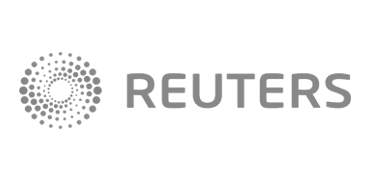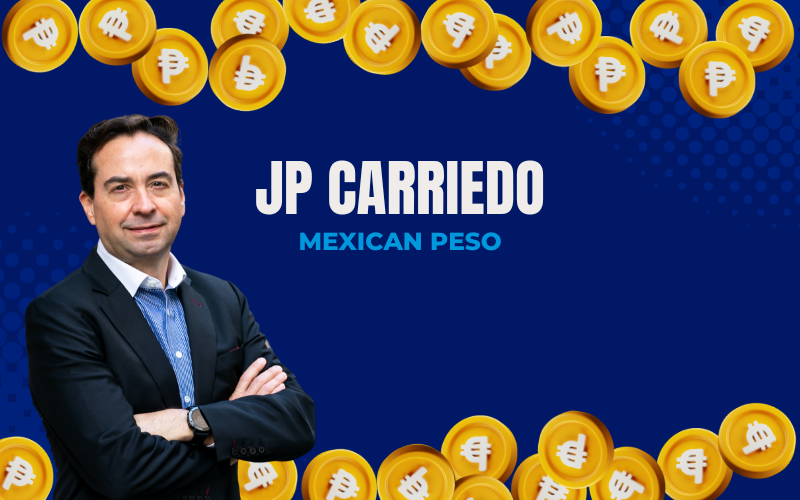How much do we really know about our supply chain? To assure your company is protecting its products, its reputation and its clients, it is extremely important to take a proactive stance when working with both domestic AND foreign business partners. Let’s take a deeper dive into why.
Recently I found myself in the coffee aisle of my local grocery store. As I read the coffee descriptions, I was imagining how each one would taste first thing in the morning; did I want something deep and chocolaty, or bright and fruity? But as I read on, something stopped me dead in my tracks.
As I read the description of one brand, in particular, it revealed that coffee products contained mold and mycotoxins. My heart sank. Even more alarming was that it continued on stating that the U.S. has no standards for acceptable limits of these mycotoxins. How could this be? How bad is this? Those are questions for another blog post. The bottom line is I did, in fact, end up purchasing the brand which is prepared, tested and produced according to standards that exceed international limits for mold and mycotoxins.
What Made Me Change My Mind?
Until that moment, I had never even considered what was in, or NOT in, my coffee. But now that I have been made aware, I can understand how this poses a problem for many people; the seed of doubt has successfully been planted in my head. Given the opportunity, I wanted to protect myself. Wouldn’t you?
What Are the Options?
- Conscious Denial of Risk: maybe it’s a Risk-to-Benefit-ratio and you have consciously decided that the risk is not big enough for you to worry about;
- Acceptance of Risk: maybe you are willing to accept the level of risk and take a chance;
- Rationalization for Inaction: and maybe you don’t drink as much coffee as I do, so you think you are at minimal risk;
- Risk is Unacceptable: or MAYBE you decide to only buy the brand of coffee with the high standards and product testing in place.
Let’s apply the same Risk-to-Benefit question to a larger scale problem, and subsequently a larger scale risk:
Assume that a fictitious US-based Importer, “Smith & Sons,” needs to find and onboard a new business partner for a unique need within their supply chain.
- What steps might Smith & Sons typically take to ensure that the level of risk this potential new partner brings to their enterprise is low to none?
- What background information does the company is researched on them, and how deeply is the search conducted?
It is easy to simply conduct and stop at a superficial background check. Because the need for a unique business partner may be great, the decision to accept the results from the initial quick search may outweigh the decision to do a deeper background check. After all, if Smith & Sons receive their imported goods regularly without any obvious issues on their end, then the business contract and delivered product appears to be a smooth transaction and good business for both parties, right? However, if your company has ever had imported ocean cargo containers or cross-border full trailer loads held by U.S. Customs and Border Protection (CBP) agents at the Port of Entry for inspection, you know what can happen…
Hopefully, if put in this situation, your container was simply one of the inspections which CBP Agents conducted simply to verify that nothing illegal occurred during packing, or while in transport; nevertheless, the inspection by Agents should give Executives a reason to ask themselves just how much they really know about their supply chain. If holds and inspections happen regularly, what might CBP Agents be concerned about in your supply chain, of which you aren’t aware? But this is just the tip of the iceberg, because shortly thereafter your company can expect to receive a bill from CBP for the Inspection, IN ADDITION to a bill for storage while waiting for the inspection to take place! Does your company have resources set aside for these types of unplanned expenses? There are companies that view these expenses as simply part of the cost of conducting their business. But there is the cost, and then there is the ACTUAL cost.
Customs-Trade Partnership against Terrorism (CTPAT)
In 2002, CTPAT was created forming a voluntary partnership between the US Customs and Border Protection department and the public-private sector. This cooperation requires Stakeholders to accept responsibility for the security of their Supply Chain, including having documented policies and procedures to support it. All requirements, policies, and procedures must be updated annually including Risk Assessments performed, Corrective Actions delivered and monitored when necessary, and business partner reviews and/or audits performed annually. Employees must be trained in Threat Awareness Detection including the identification of suspicious persons or cargo, and must also know what steps to take when necessary. Receiving Department employees must also be specifically trained on procedures for inspecting incoming foreign cargo as they will be assuming responsibility for their company and their actions when the required ISO:17712-compliant high-security seal is cut. The actions they take will depend upon what they potentially may find when the container is opened for the first time inside the United States. To date, there are just over 11,500 CTPAT Certified Members within North America representing the entire supply chain spectrum and accounting for over 54% of the total value of U.S. Imports. As of March 2019, 4,079 of these members were Certified U.S. Importers – the largest entity in CTPAT.
Weighing the Costs and Benefits
There are many desirable benefits that certified and validated Partners receive for assuming responsibility for their own security processes. Beyond the financial benefits of membership, it includes Risk Avoidance, shared responsibility for a safer supply chain, the ability to compete for contracts which require CTPAT certified partners, and the advantages of the credibility that CTPAT membership provides.
I mentioned previously that there were “costs” – which are monetary and kept within the company – and then there is the “actual cost” which can mean reputational damage, loss of business partners, cybercrime, injury to employees or property, loss of clients and the loss of trust by US Customs Agents. CTPAT has been in existence now for 17 years, and our world continues to change. We are no longer only concerned about terrorists outside of our national borders. We are now witnessing a huge spike in domestic terrorism: events which are visibly destructive and cause loss of lives, as well as events that covertly spread virally through our digital connections to family, friends and business associates. U.S. Customs and Border Protection answered this recent call to change.
17 Years of Learning and the Resulting Changes
Seventeen years of experience along with the recommendations of a large group of Stakeholders helped to create the 21st Century Customs Framework which rolled out in spring 2019. This revision established new requirements and increased the minimum-security criteria for the CTPAT program based upon events happening in the world and what CTPAT members wanted to have in place. Partners are now required to meet with their internal CTPAT Teams and Partners to create policies and procedures which meet or exceed these new criteria and are reflective of their unique business processes. The criteria are expected to be in place and implemented by CTPAT Partners as of January 1, 2020. There is now a strong emphasis with the new minimum security criteria (MSC) on integrating security throughout the organization, on Best Practices which are unique and well-thought-out by certified Partners, cybersecurity, physical inspection for agricultural risk factors, and documentation that business partners have been fully vetted prior to acceptance as well as re-screened annually. This is important because of the dramatically growing rate – and risk! – Of Trade-Based Money Laundering.
Trade-Based Money Laundering (TBML)
Criminal and terrorist organizations exploit global trade systems to move money across the world through the utilization of a dizzying and complex system of schemes associated with legitimate trade transactions. Business Partners/ Supply Chain partners must be screened against a host of Denied Party Screening lists, Public Government Records, open-source intelligence, and a host of other resources which may provide information on both the Business entity and the Owner(s) themselves. ICE has created the Trade Transparency Unit to identify global TBML trends and conduct ongoing analysis of data with equivalent teams in place within other countries. According to the International Narcotics Control Strategy Report (INCSR), “hundreds of billions of dollars are laundered annually by way of Trade-Based Money Laundering, or TBML. It is one of the most sophisticated methods of cleaning dirty money, and trade-based money laundering red flags are among the hardest to detect.”
Circling back to the container inspection situation presented at the beginning of this article and the question which was posed:
“How much do we really know about our supply chain?” and “What might CBP Agents be concerned about in our supply chain of which we aren’t aware?”
To assure that your company is protecting its products, its reputation, and its clients, it is extremely important to take a proactive stance when working with both domestic AND foreign business partners. The sophistication of these terrorist groups spreads deep and wide and it is important that you have policies and procedures in place to protect your enterprise and to ensure business continuity in case of a breach or other security issue.
Do you remember at the beginning of this article when I mentioned “the seed of doubt” planted by the coffee company that established and maintained standards above those set internationally? Given the opportunity, wouldn’t YOU want to protect your business processes, employees and clients from that “seed of doubt?” I’m betting that you would.
Insight provided by Custom Trade Partners
If you would like to partner with U.S. Customs to ensure that policies and procedures are in place to secure your global Supply Chain and receive your CTPAT Certification and “Low Risk” Importer rating by CBP, please go to https://www.cbp.gov/border-security/ports-entry/cargo-security/ctpat for further information, or contact your Monex representative for further information.






